The Excitement Continues
When I wrote the previous post, Indian cricket fans were at the threshold of either plunging into the depths of despair or flying high on the wings of victory.
The emotions yoyoed as India and South Africa fought a close match. It was nearly a photo finish for SA until it wasn’t, as the Indian team snatched victory from the jaws of another humiliating defeat in a crucial match.
I remember wanting to meet our SCG tour guide one more time after India trounced Australia on Monday, June 24th, just to hear her opinions on the match. Now that India has won the T20 World Cup, I really wish to meet her again and ask about Kohli’s overseas performance.
I knew today’s post, the last one in my Sydney travel series, would be the perfect fodder for my mental state, whatever the outcome of the T20 finals. And, just as I imagined, I find it difficult to gather my thoughts on our final outing experience in Sydney.
The highs of watching your team win a World Cup don’t leave a fan so soon. After hours of scrolling through memes and tear-filled reels, I have finally sat down to write about our experience at the magnificent and huge Art Gallery of NSW.
Art and Meditation
We got a glimpse of the Art Gallery on an earlier day. As soon as we entered the building, we knew the place required some time to explore. Fortunately (or unfortunately), our whale-watching trip got cancelled due to bad weather. They did offer a trip on a bigger ship, but we decided that spending three hours in the ocean in bad weather, merely a day before our flight back, wouldn’t be a good idea. So, we decided to go back to the Art Gallery. That would keep us safe and dry on a wet day and allow us to slow down after an exciting and busy schedule.
Food
The Art Gallery has restaurant and café options. We tried out the café for a quick bite and coffee before we did our tour of the gallery. The coffee was excellent, as was the orange and bee pollen cake, the blueberry and sour cream muffin with almond crumble, and the Harissa lamb sausage. It was a breakfast to remember, but I forgot to click pictures as I was more focused on warming my fingers. This is the only picture I took, a piece of the orange and bee pollen cake.

Before I move on from the topic of food, I must mention a must-visit restaurant in the heart of the CBD. Jimmy’s Falafel was a good choice the previous day when we prowled the streets hungry after a time-consuming errand. It isn’t the kind of restaurant we prefer when tired and starving. Loud, crowded, with a long queue outside and a fast-speaking hostess who could make you feel worthless for not knowing the menu, the Lebanese restaurant did not appear inviting at first glance. However, we were allowed to wait inside in a corner until they found a table for three. We were seated soon enough, and the dishes and service were top-class. The glib hostess drew our admiration as she balanced three dishes on one arm while waving goodbye to her customers with her free hand.
All our discomfort melted away as we warmed ourselves with Turkish coffee before they brought us our order. I forgot to click pictures again (I was famished). I remembered once my hunger was satiated. The dessert, a Baklava, was a temptation.

The Art Exhibits
We started our tour from the galleries next to the café. Bright colours popped out of the walls, and we stood mesmerised, transported to a different place and time. The work represented indigenous art and the unmistakable association with nature.

The paintings reminded me of my daughter’s childhood works when she boldly explored various colours, patterns, and media. It was a journey through time.

The Asian section was focused on traditional art styles. The Indian art pieces were from regions like Madhya Pradesh and Rajasthan and drew inspiration from Krishna’s life.
I was piqued by a sculpture of Goddess Benzaiten, an East Asian Buddhist goddess of knowledge, arts, music, good fortune, and wealth. The myth of Goddess Benzaiten is said to have originated from the Hindu Goddess Saraswathi. Benzaiten was adopted into the Shinto tradition of deities in Japanese culture via China. The adoption is a testament to the pervasive nature of stories and the open-mindedness of ancient Eastern traditions.

Other interesting displays include four massive walls stacked with shelves from floor to ceiling holding the words from Gandhiji’s speech before the Salt March of 1930. The letters are made of 4479 pieces of resin to emulate bone pieces, and although there were a few unignorable typos and errors, I was awestruck by the display. The artist Jitesh Kallat wishes to convey the ongoing environment of violence and injustice through a defining moment in the non-violence movement.

You can read the full speech here.
As I roamed the galleries, I observed the young boys and girls who marshalled the spaces. Some were seated in their corners contemplating the meaning of life but simultaneously keeping an eye on over-enthusiastic visitors getting close to the exhibits. Some of them reminded me of the beautiful book by Patrick Bringley titled All the Beauty in the World. The book is based on his experience as a security guard at the Metropolitan Museum of Arts in New York. Bringley took up the job after a tragic loss in his life. Before working at the museum, he was a journalist for The New Yorker. It is an optimistic meditation on dealing with grief and loss through the lens of someone who finds beauty in the artistic details of an exhibit while working a mundane job.

As I noted that I should buy a copy of that book soon, I found a man straight out of Bringley’s book. His gaze was fixed on the floor. For a moment, I panicked, thinking that the man needed help. But he was perfectly stable and still. When I returned after a round of the room, he had shifted position lightly and meditated upon a different portion of the gallery floor.
Suddenly, I felt envious. Have you ever seen anyone stand in perfect stillness and not be questioned? Have you ever felt at ease contemplating a single point of focus without feeling the need to move to appear normal? How often have you pretended to be busy to fit into this crazy, bustling world?
The man was lost in his inner world, oblivious to humanity walking around him, sometimes staring through him or smirking at his other-worldliness. Frankly, he appeared to be in absolute bliss.
After the tour, I was physically tired, but my mind was full and my soul satisfied. It was much needed to ground my excited tourist senses because I had to return to my world and my writing, the second draft of my latest novel.
I wrote the travel diaries to empty my mind of those excitable emotions, to create a blank space and a clean canvas on which I can now hoist my incomplete manuscript.
The ideal situation would be the ‘void’ succinctly explained by a note to one of the exhibitions.
“The void is considered the primal source of possibility and potential, the origin of the universe. The Sanskrit word shunya, meaning both ‘zero’ and ‘void’, describes the source from which all things are created.”
Source: Art Gallery of NSW
I end this travel series with the hope of continuing my journey to find more creative possibilities.
P.S. You can read the previous part here.




























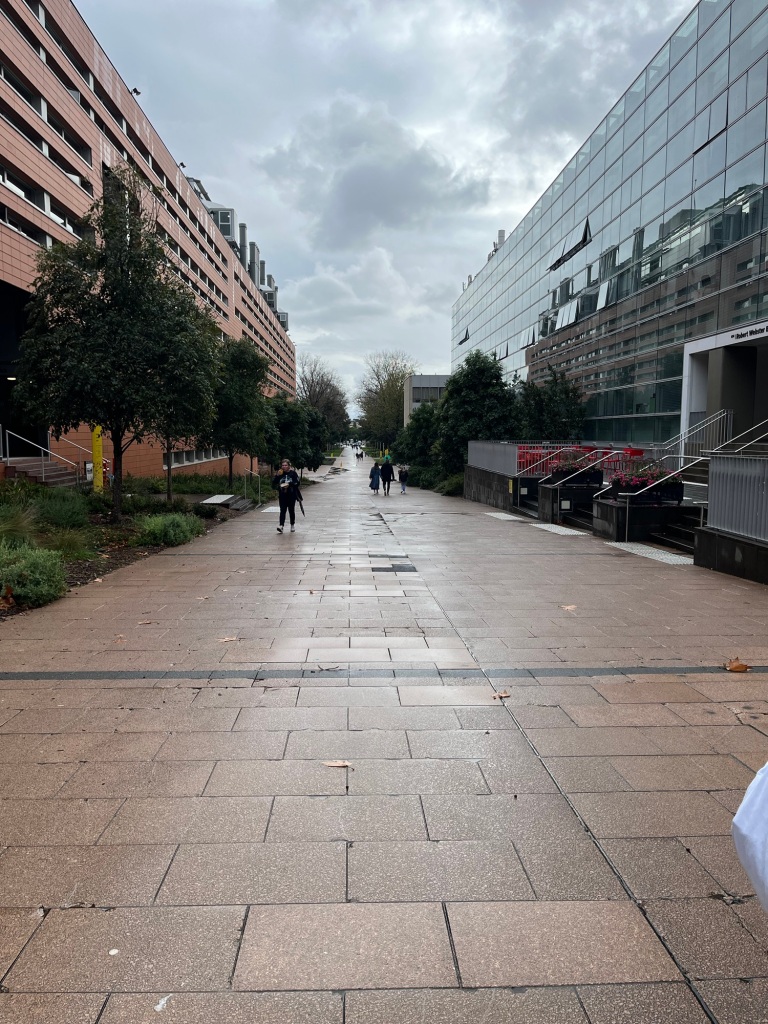
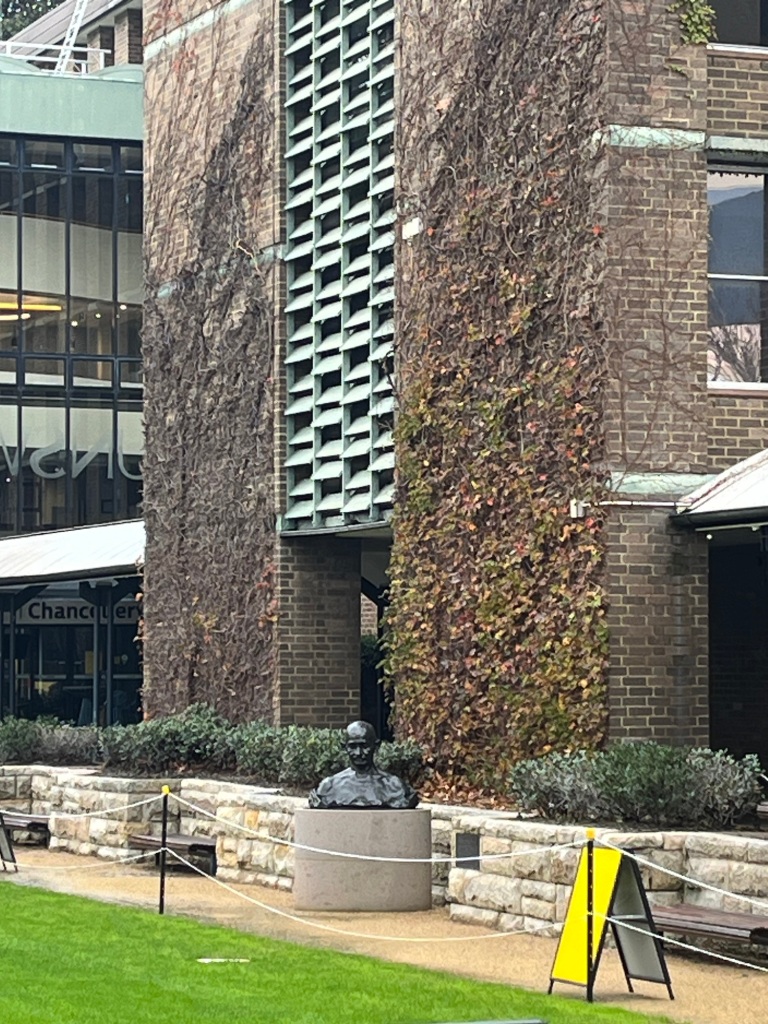
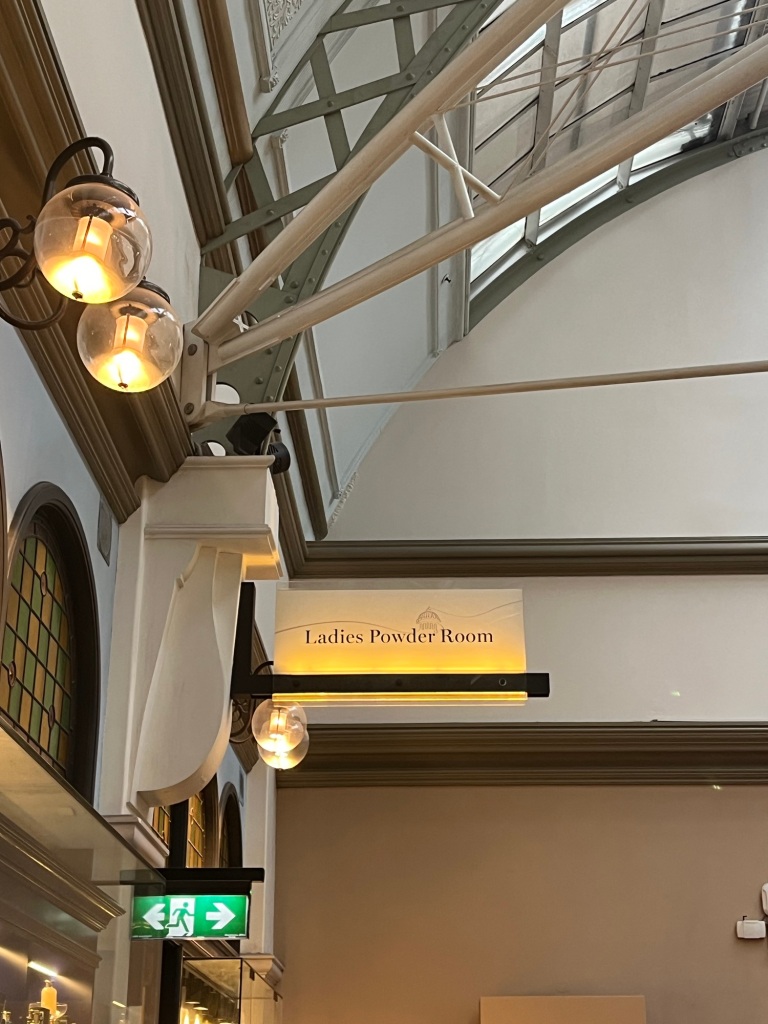
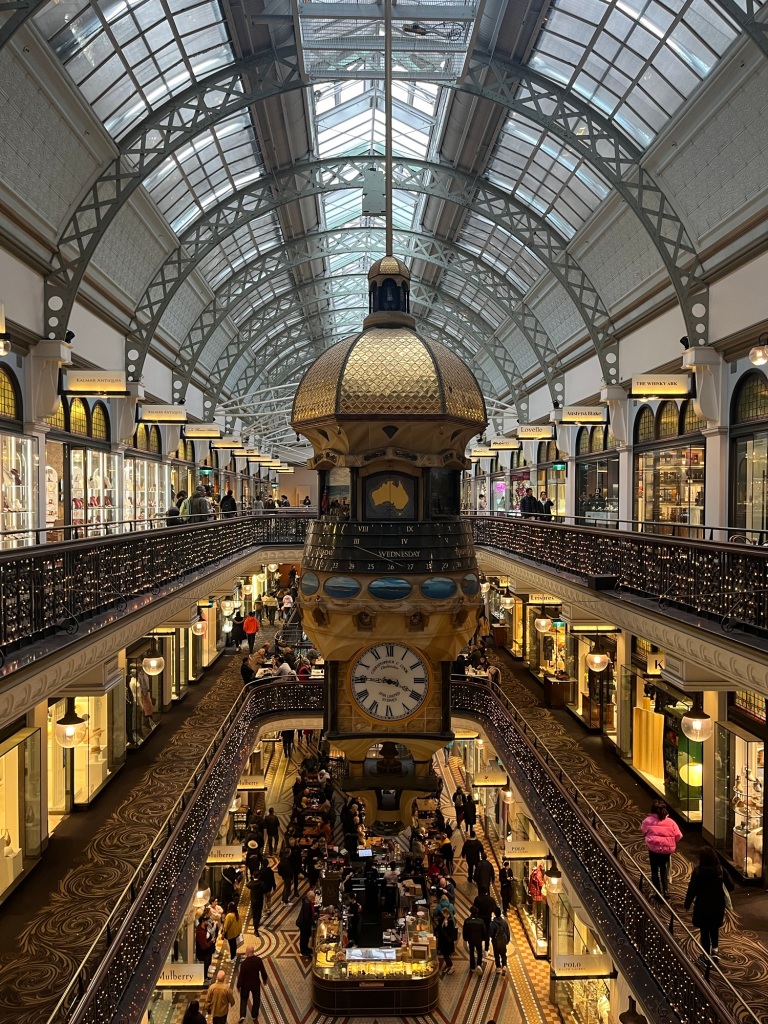
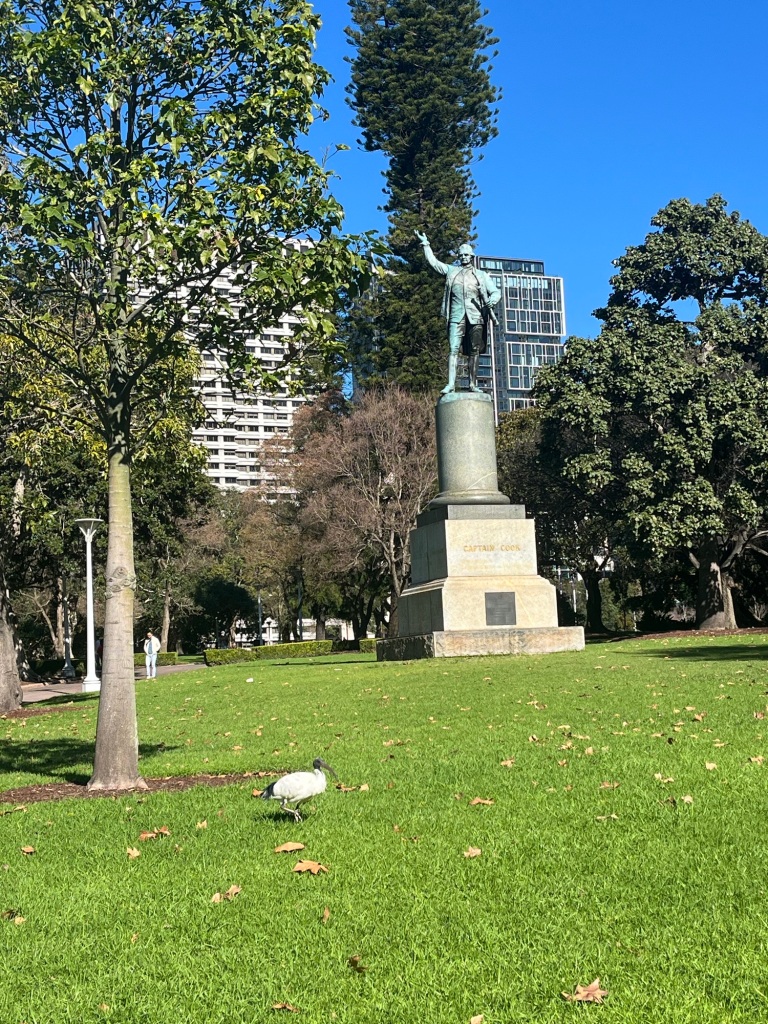
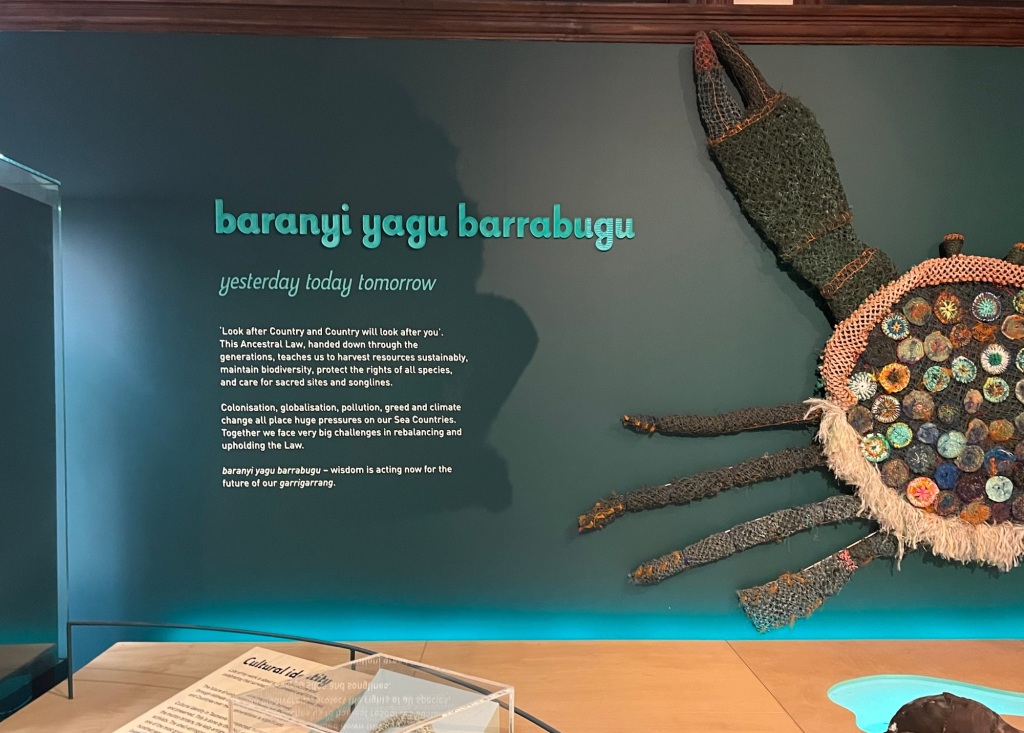
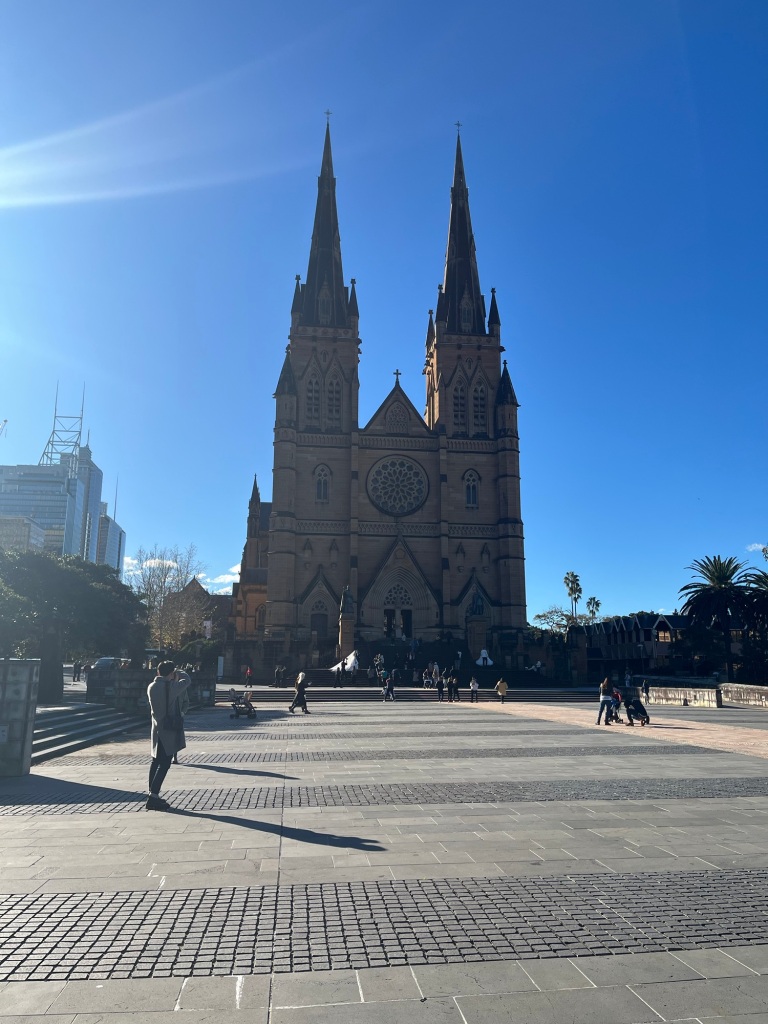
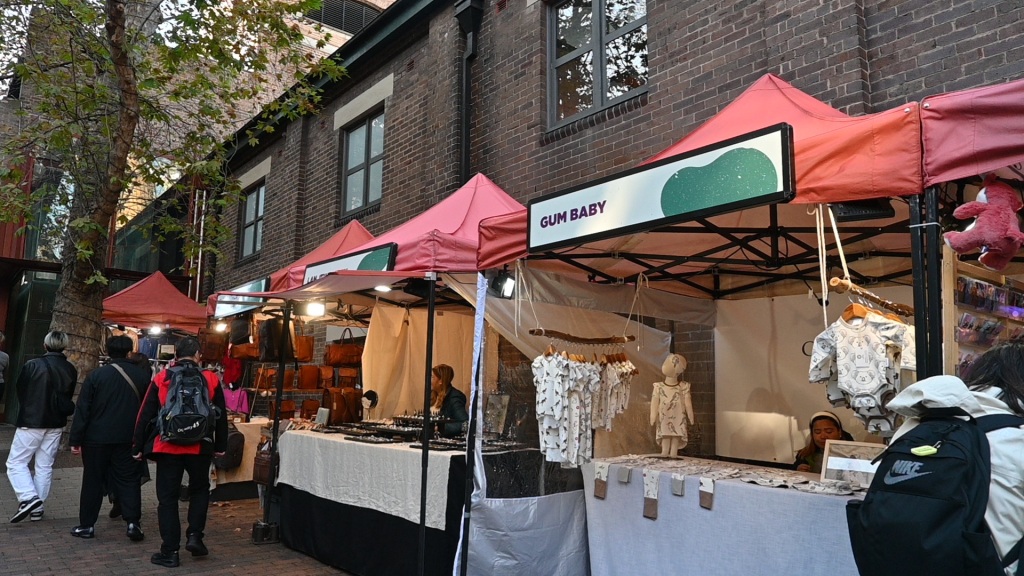









 as the park. I passed through streets that had stalls set up on footpaths and shops
as the park. I passed through streets that had stalls set up on footpaths and shops of the green paddy fields that I could see from atop a hill near my father’s house in Kerala; climbing the hillock was enough to fill my heart with palpitating happiness. I sat there for a while enjoying the breeze and the solitude (for once). Though I had come in search of birds, there weren’t many. I guess it was just the wrong weather.
of the green paddy fields that I could see from atop a hill near my father’s house in Kerala; climbing the hillock was enough to fill my heart with palpitating happiness. I sat there for a while enjoying the breeze and the solitude (for once). Though I had come in search of birds, there weren’t many. I guess it was just the wrong weather. cousins were there with me to visit the museum. It is a very interesting place for a child to be in. The quaint little doll houses made me feel like gazing at them for as long as I could. That day I walked back home a happy girl. I had breathed a little bit of fresh air in the park and then seen some amazing glimpses of childhood. All on the pretext of following a bird to hear it chirp…!
cousins were there with me to visit the museum. It is a very interesting place for a child to be in. The quaint little doll houses made me feel like gazing at them for as long as I could. That day I walked back home a happy girl. I had breathed a little bit of fresh air in the park and then seen some amazing glimpses of childhood. All on the pretext of following a bird to hear it chirp…!